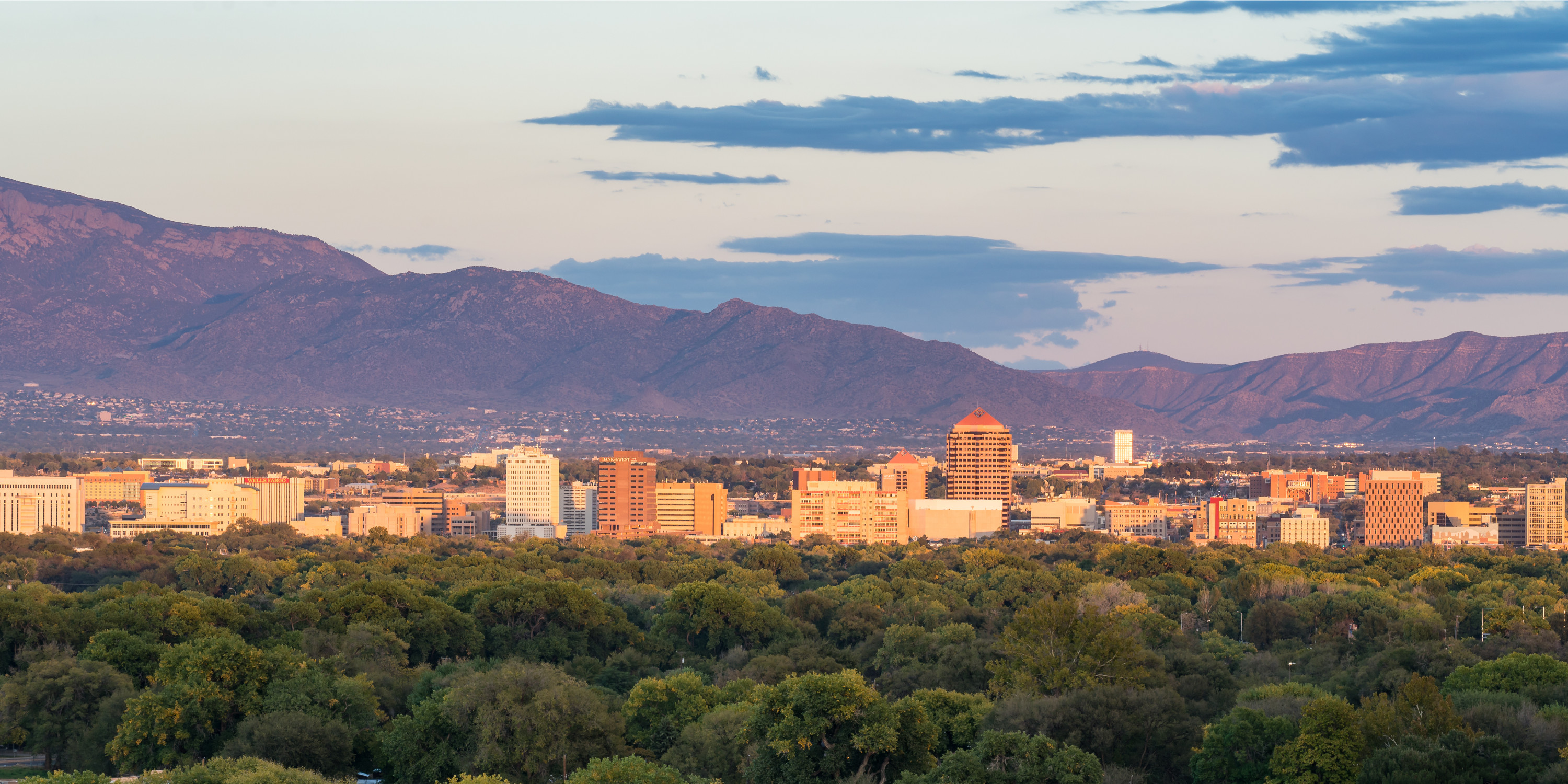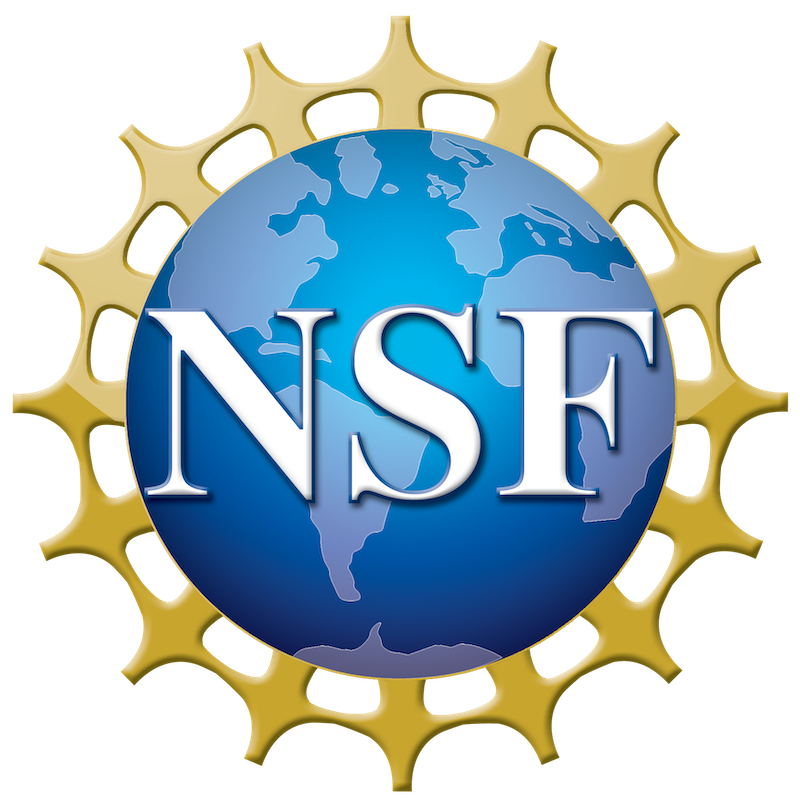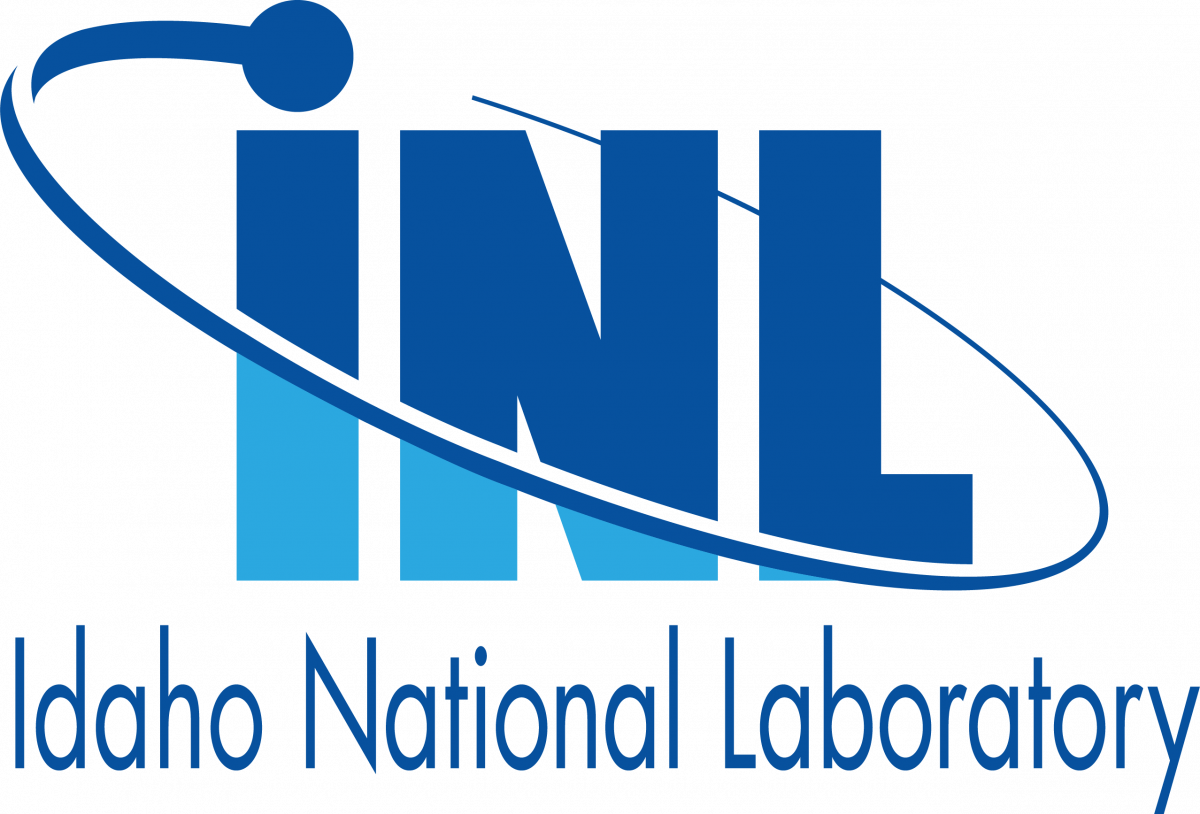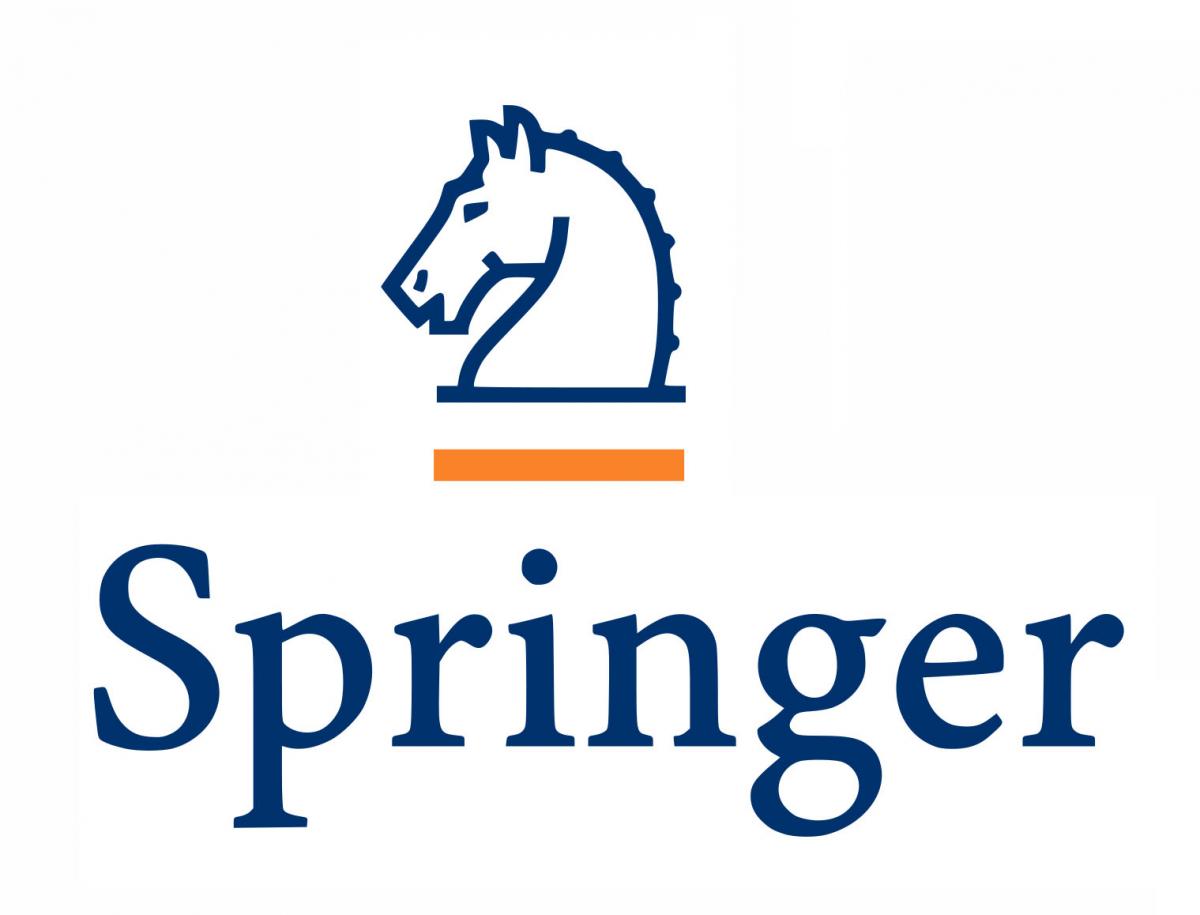Kara Peterson, Sandia National Laboratories
Devin O'Connor, Sandia National Laboratories
Svetoslav Nikolov, Sandia National Laboratories
Recent warming on the cryosphere due to climate change is causing significant impacts. Permafrost thaw has resulted in infrastructure damage and coastal erosion and may eventually lead to large greenhouse gas releases. Melting and calving of ice sheets in Antarctica and Greenland have led to global sea level rise creating risks to coastal infrastructure. Arctic sea ice loss has led to increased maritime activity in the region and may be influencing ocean circulation and mid-latitude weather patterns. Accurate modeling of these cryosphere systems is key to predicting future changes and informing public policy.
The focus of this minisymposium is on new computational methodologies for simulating cryosphere systems (land ice, sea ice, permafrost, etc.) and their interaction. The goal is to bring together researchers working on a broad range of cryosphere modeling topics to discuss recent advances and identify synergies.
Topics of interest include, but are not restricted to, the following:
- Novel numerical discretizations for ice and permafrost mechanics
- New constitutive models
- Mechanics-based formulations of ice fracture/calving
- Multiscale methods for coupling models with different spatial/temporal scales
- Efficient solvers and methods for improving computational performance
- Advanced analysis techniques including data assimilation and uncertainty quantification
- Data-driven approaches to modeling











